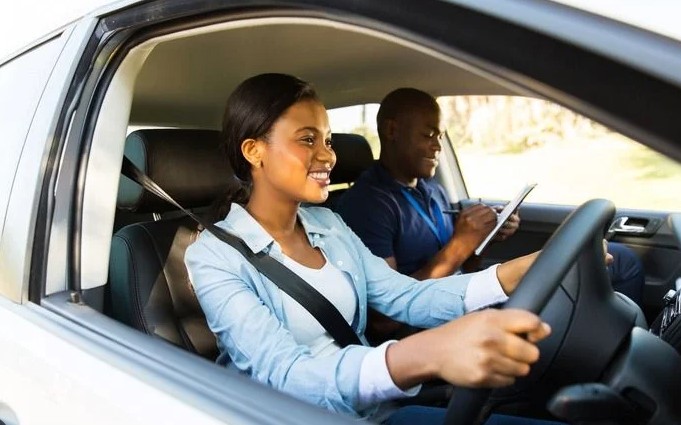When you buy a car, you’re making an expensive, multi-year commitment. It usually involves spending a big chunk of your savings if you’re paying upfront or committing to three to five years of car repayments. For that reason, you don’t want to realise after a week or two behind the wheel that you have buyer’s remorse. After all, trying to replace a car you’ve just bought could cause you to incur a loss of tens of thousands of rand.
“Discovering that you really miss a safety or comfort feature you had in your previous car, finding that it’s too small for your family, or realising you don’t like the finishes are just a few reasons you might regret buying a vehicle,” says Ernest North, co-founder of Naked, the fully digital insurance platform.
“While your online research, together with photographs and videos, can paint a picture of what a car is like, the actual feel of a car when you get behind the wheel might not live up to your expectations. That’s why it’s still a good idea to book a test drive for a vehicle similar to the one you’re planning to buy, even if you’re ordering online. A test drive gives you a firsthand experience of its handling, interior comfort, and overall driveability.”
North offers some tips for getting the most out of your test drive:
1. Do plenty of online research – To save time, check out car dealerships’ websites, second-hand listings, social media and car reviews to narrow down your list of cars to test drive. Look at the different features, tech, specs and pricing online. Think carefully about what you value from a car, whether it’s comfort, leading-edge safety and infotainment features, or fuel efficiency.
2.Create a shortlist and plan your test drives – Once you know what’s on the market and what you want, draw up a shortlist of your top five. You can then plan which dealerships to visit. Try to choose a quieter time, so that you can take a longer test drive and ask the sales rep lots of questions.
3. Remember your licence and take someone with you – Don’t forget your driver’s licence and any other required ID. Take a family member or friend along to get their opinion. Take notes on your phone about what you like and don’t like about each car you try.
4.Take your magnifying glass and inspect carefully – Take a careful look at the interior and the finish of the car. Do you feel comfortable in the seats? Do you like how it looks inside and out? If it’s a second-hand car that you might buy, check for any signs of damage or wear and tear. Look at tyres, lights, and paint. If you’re a petrolhead, you can probably tell a lot by popping the bonnet and having a look.
5. Get behind the wheel and go far a spin – Assess steering,acceleration, braking, and cornering. Pay attention to elements of the driving experience like the sound of the engine at different speeds and visibility. It can help to test drive the same model at another dealership to experience if there’s a difference. Don’t forget to check out the infotainment system, GPS, driver assistance features, and aircon.
6. Grill the salesperson – Ask about warranties and service plans. In the case of a second-hand car, ask about the car’s history, including accidents and whether it’s had its regular services at an authorised dealer. You’ll want proof of the accident history and service history if you decide to make an offer. Also ask about financing options.
7. Reflect on your test drives – Compare the cars you’ve driven and think about how they stack up. Score them against factors that matter to you, for example, comfort, safety, fuel efficiency, service plan and warranty, value for money, and look and feel.
Says North: “Buying a car is a big decision that could affect your finances for years. When you’re choosing your vehicle, think about your plans and how the car will fit into them. Remember to budget for maintenance, fuel, and unexpected repairs. Make provision for rising interest rates and fuel costs. Also, don’t forget to get insurance to protect your investment in your new car.”
